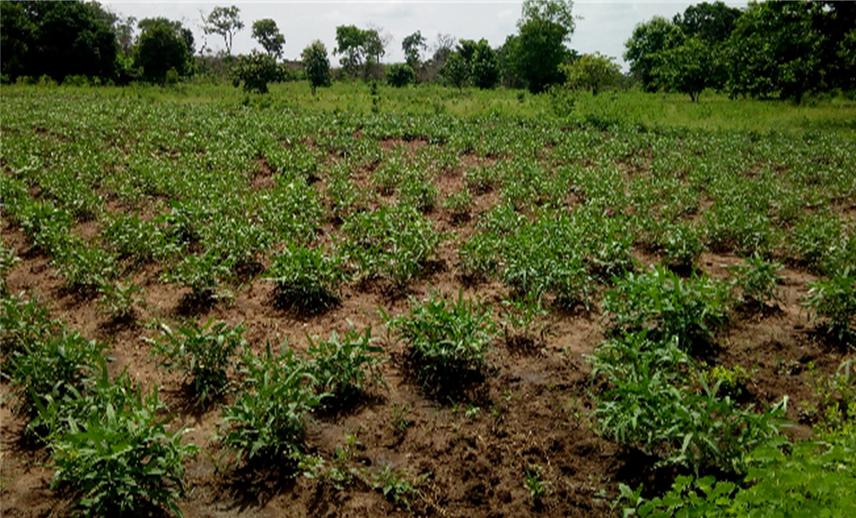Dossa Winnie Binabo Ingrid
Natural habitats occupy a special place in the well-being of local populations in the region and require attention for their use and sustainable management. They consist of agricultural land and Non-Place Forest Products (NTFPs) offering several ecosystem services to local populations. However, deforestation, poor agricultural practices coupled with the effects of microclimate variability cause degradation and loss of the latter. It aims to reforest degraded natural habitats and educate local populations on good agricultural practices to adopt to restore degraded natural habitats in the Alibori Supérieur Forest Reserve.

Installation des champs au cœur des forêts.
The Alibori Supérieur Forest Reserve is home to many natural habitats rich in biodiversity (Neuenschwander et al. 2011). Shifting cultivation is a long-standing tradition among farmers in the region, mainly due to the rampant expansion of the production of cash crops such as cotton. According to national statistics (INSAE 2013), the region is among the top 3 cotton producers in Benin, with an estimated production of 450 tonnes. However, the expansion of the region's search for new agricultural land for cash crops is increasing the rate of fragmentation of the natural habitats of the Alibori Supérieur Forest Reserve. Likewise, charcoal production goes hand in hand with yam production. Given the type of soil, vegetation, climate and the limited incomes of local populations, there does not seem to be any good or plausible alternative to shifting cultivation. Although this practice is the main cause of habitat destruction, we want to show that reducing the frequency of its application can relieve the pressure.
This project wants to convince local actors to change behavior in the management of natural habitats in order to fight against famine. By showing the extent of the damage already done and also showing what the future will look like, we want people to realize that there is an end to the natural resource (s) available. By showing that longer regeneration times allow more NTFPs in quantity and in sufficient quality. This project could convince the local population to make the change. By doing so, the pressure on the exploited natural habitats will be reduced; this in turn should benefit biodiversity. This study will make it possible to raise awareness, educate local populations on conservation and sustainable management measures for natural habitats, reforest degraded natural habitats and estimate the time that local populations should wait before exploiting natural habitat.